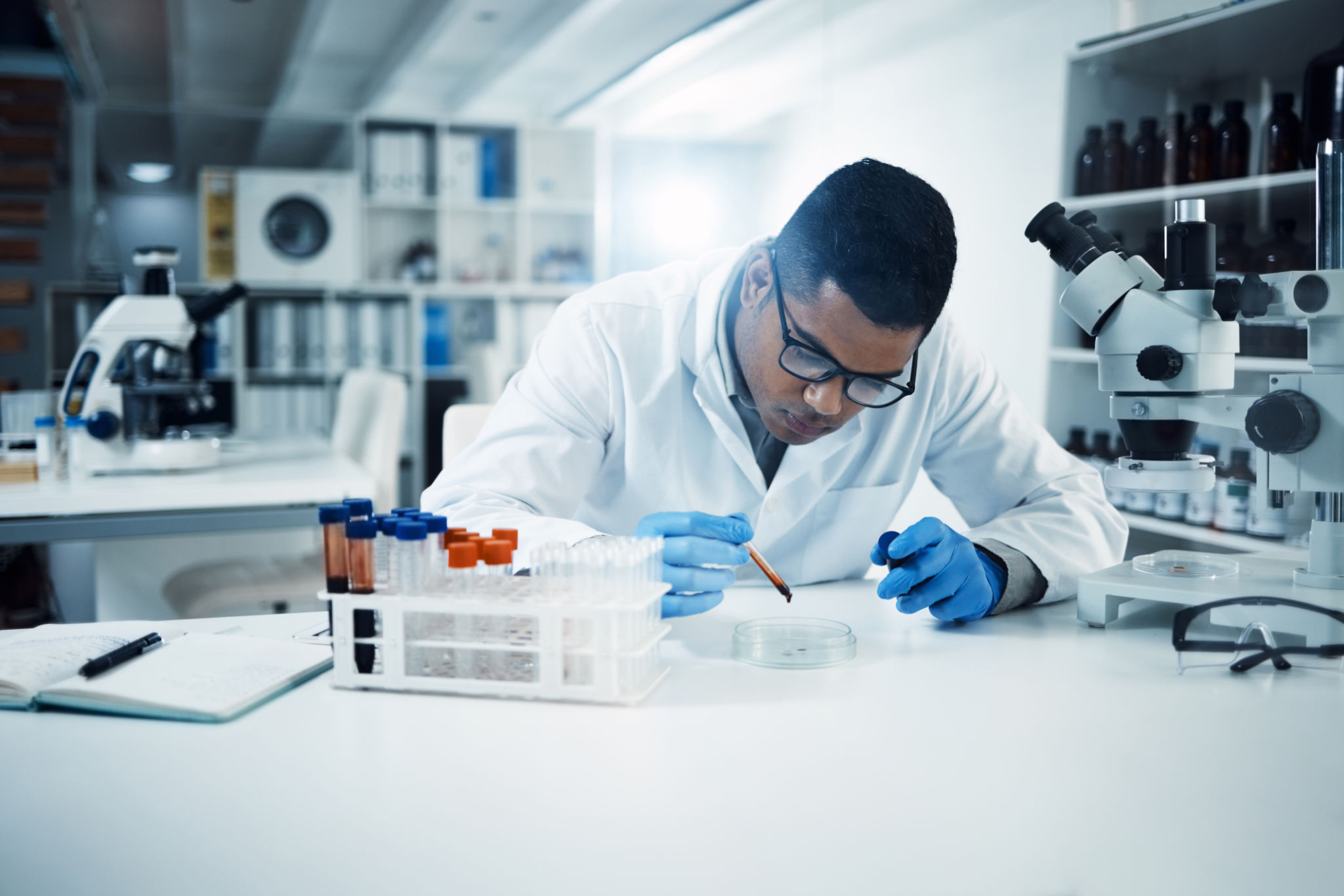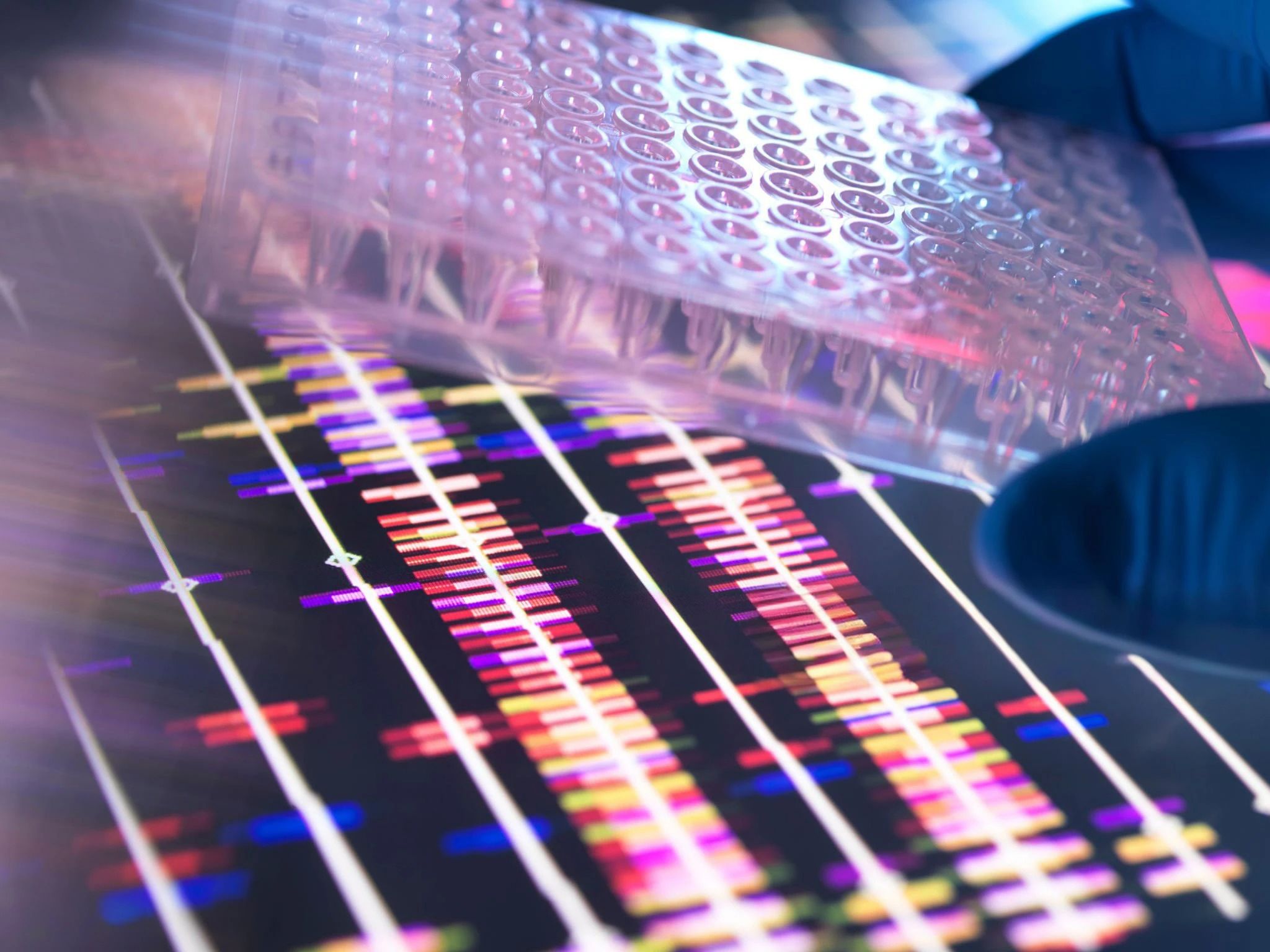Understanding the DNA Testing Process: From Sample to Results
Introduction to DNA Testing
DNA testing has become an integral part of modern science, impacting fields ranging from medicine to genealogy. Understanding the intricacies of the DNA testing process can help demystify this powerful tool. This guide will take you through the journey of DNA testing, from the initial sample collection to the final results.
Whether you are considering a DNA test for health insights, ancestry exploration, or forensic purposes, knowing what to expect can enhance your experience and ensure accurate interpretation of the results.

Sample Collection Methods
The journey of DNA testing begins with sample collection. The most common methods include saliva samples and cheek swabs. These methods are non-invasive and can be easily done at home or in a clinical setting. When collecting a sample, it is crucial to follow the instructions carefully to avoid contamination and ensure the integrity of the sample.
For special cases, such as forensic analysis, samples might also be collected from hair, blood, or other bodily fluids. Regardless of the method, the goal is to obtain a sample that contains sufficient DNA for testing.
Preparing the Sample for Analysis
Once collected, the sample is preserved and sent to a laboratory for analysis. In the lab, DNA is extracted from the cells present in the sample. This involves breaking down cell membranes to release DNA, which is then purified and concentrated. This step is critical as it determines the quality of the results.

DNA Amplification and Sequencing
With the DNA extracted, the next step is amplification, often done using a technique called Polymerase Chain Reaction (PCR). PCR makes millions of copies of specific DNA segments, making it easier to analyze the genetic material. This step is essential when working with small or degraded samples.
After amplification, the sequencing process begins. Sequencing involves determining the exact order of nucleotides in a DNA molecule. Modern technology has made sequencing faster and more accurate, allowing laboratories to handle large volumes of tests efficiently.
Interpreting the Results
The final stage of DNA testing is interpreting the results. Depending on the purpose of the test, this can involve identifying genetic markers associated with health risks, confirming familial relationships, or tracing ancestral origins. Laboratories use advanced software and databases to compare your DNA against known markers and generate a detailed report.

Understanding the results requires careful consideration of various factors, including the limitations of what DNA testing can reveal. Consultation with a genetic counselor or specialist may be beneficial to fully understand the implications of the findings.
Conclusion
DNA testing is a remarkable tool that provides insights into our biology and history. From the initial sample collection to the detailed analysis of results, each step in the process is critical to ensuring accurate and meaningful outcomes. By understanding this journey, individuals can better appreciate the power and potential of DNA testing in today's world.
As technology continues to evolve, the future of DNA testing promises even more exciting advancements, offering deeper insights into our genetic makeup and its implications for our lives.
